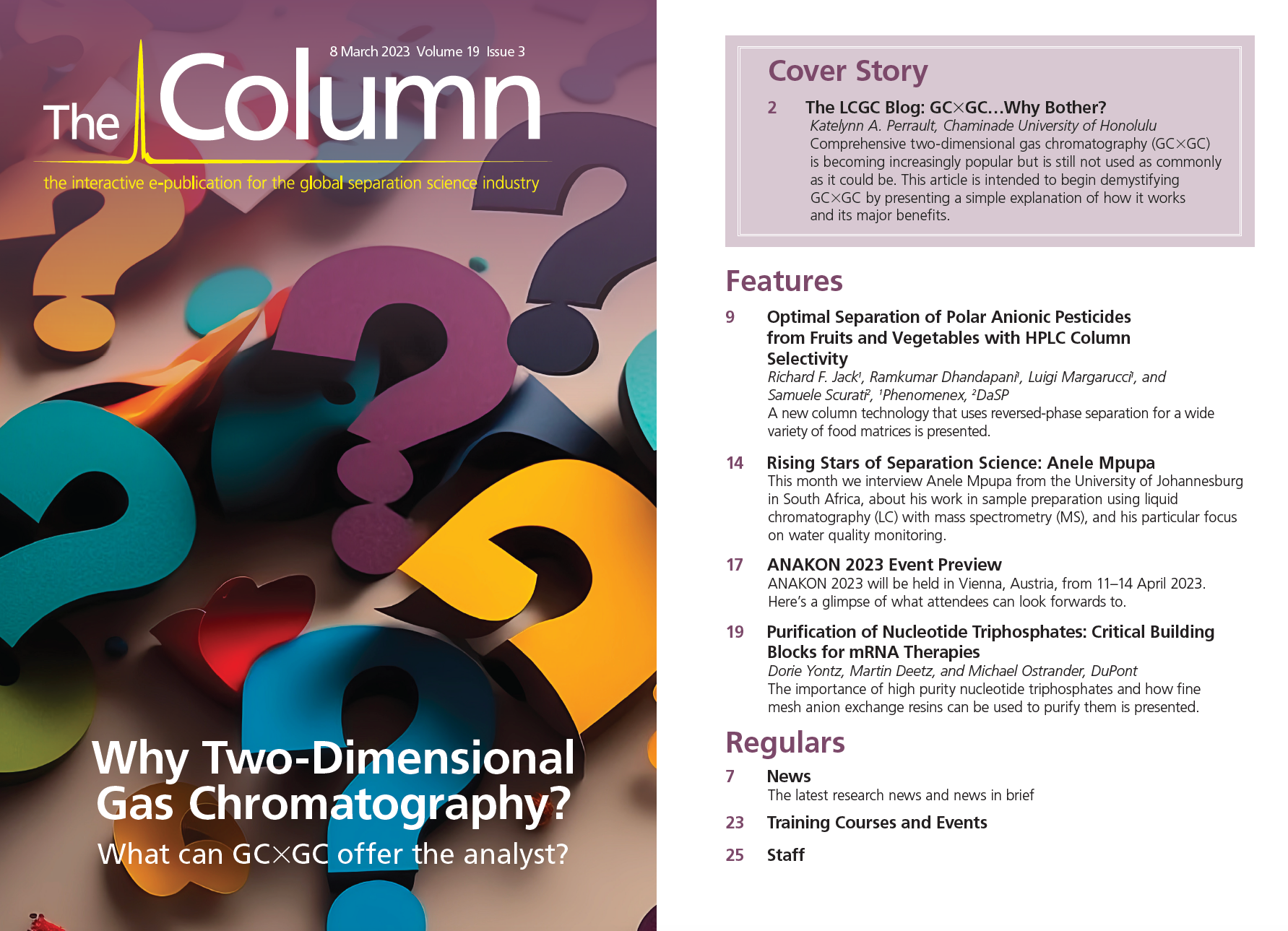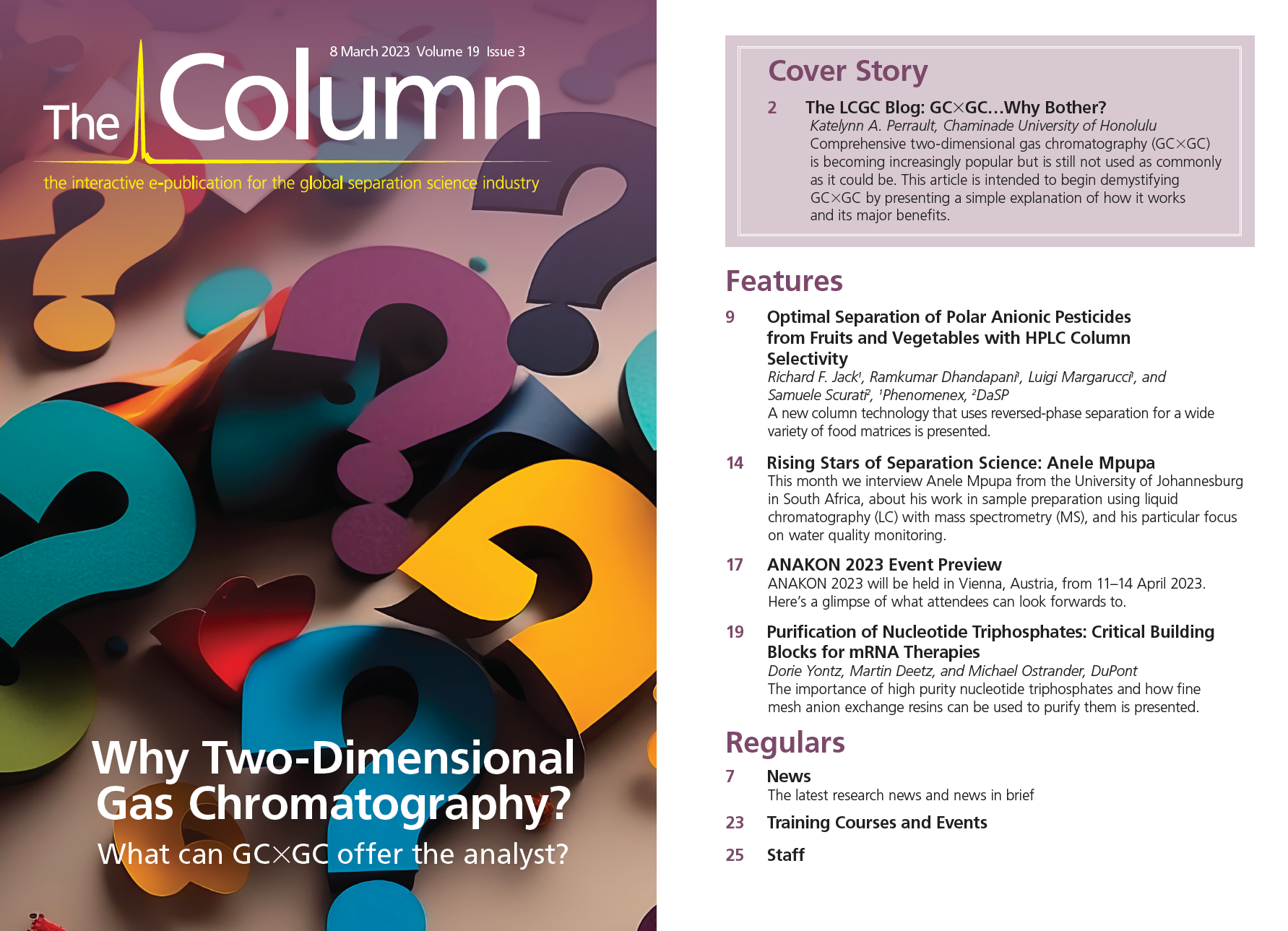Agilent Technologies and Plasmion Collaborate
Agilent Technologies (Santa Clara, California, USA) and Plasmion (Augsburg, Germany) have established a marketing collaboration for the joint marketing of the Agilent Ultivo triple‑quadrupole liquid chromatography–mass spectrometry (LC–MS) and LC/MSD iQ single‑quadrupole LC–MS instruments and the Sicrit ion source made by Plasmion.
Plasmion has developed an ionization technology, called Sicrit, which can interface with these Agilent instruments using a standard mounting bracket.
“I am glad to see that our technology and products are recognized by such a strong partner like Agilent. The combination of the Sicrit ionization technology with Agilent mass spectrometers enables customers from lab and research to boost their efficiency, flexibility, and overall performance,” said Dr. Thomas Wolf, CEO of Plasmion.
Through the agreement, the companies will market the combination of the instruments and ion source for nontraditional applications, such as the detection of volatile analytes without chromatography, in a direct mass spectrometry (MS) approach.
For more information, please visit: www.plasmion.de

New Study Reviews Chromatography Methods for Flavonoid Analysis
April 21st 2025Flavonoids are widely used metabolites that carry out various functions in different industries, such as food and cosmetics. Detecting, separating, and quantifying them in fruit species can be a complicated process.
Quantifying Terpenes in Hydrodistilled Cannabis sativa Essential Oil with GC-MS
April 21st 2025A recent study conducted at the University of Georgia, (Athens, Georgia) presented a validated method for quantifying 18 terpenes in Cannabis sativa essential oil, extracted via hydrodistillation. The method, utilizing gas chromatography–mass spectrometry (GC–MS) with selected ion monitoring (SIM), includes using internal standards (n-tridecane and octadecane) for accurate analysis, with key validation parameters—such as specificity, accuracy, precision, and detection limits—thoroughly assessed. LCGC International spoke to Noelle Joy of the University of Georgia, corresponding author of this paper discussing the method, about its creation and benefits it offers the analytical community.












